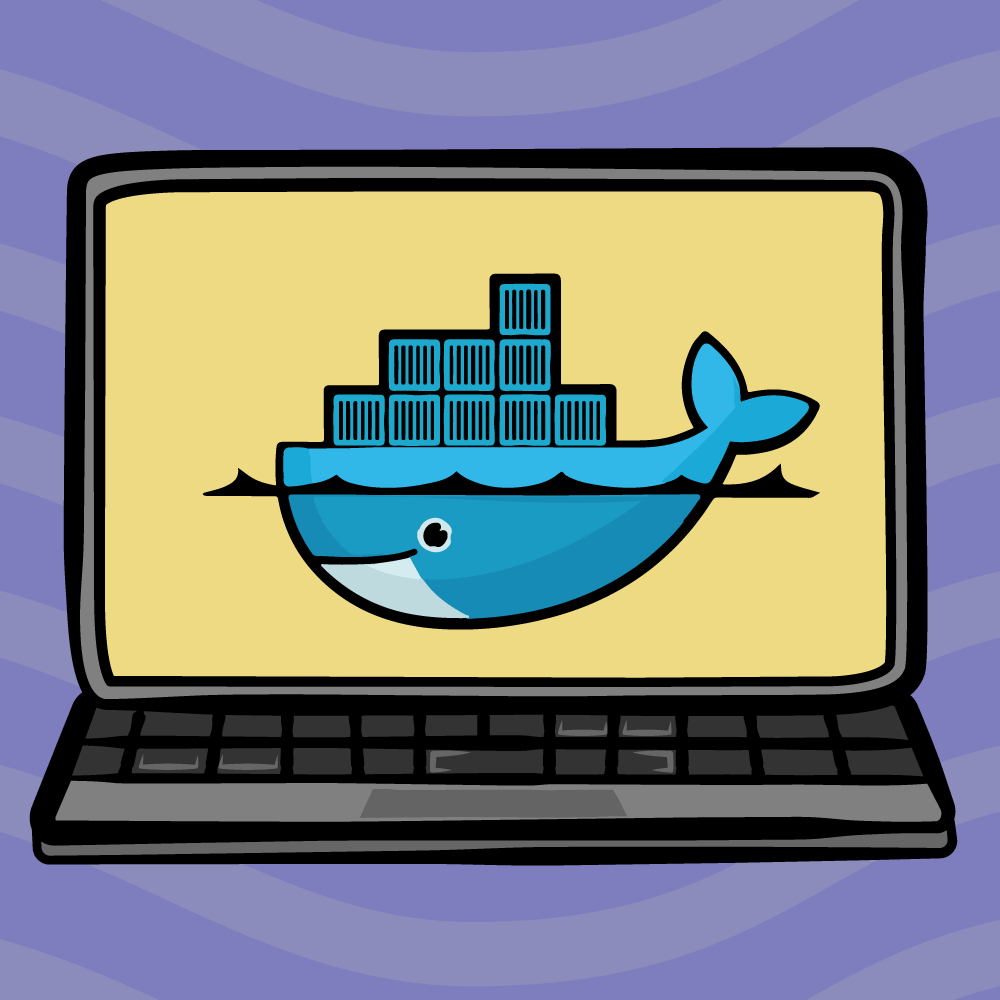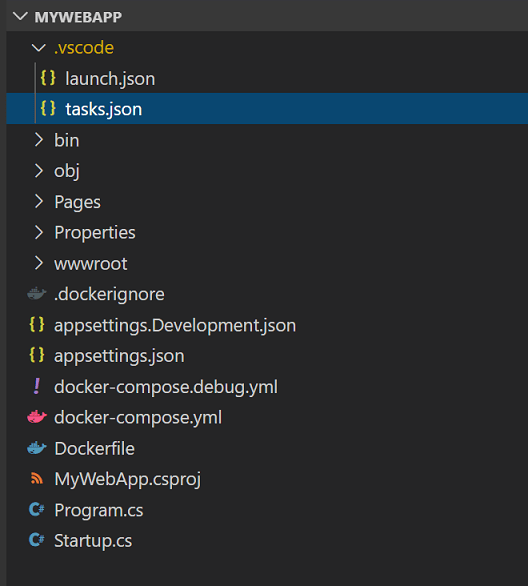

- #DOCKER FOR MAC VOLUME LOCATION SOFTWARE#
- #DOCKER FOR MAC VOLUME LOCATION CODE#
- #DOCKER FOR MAC VOLUME LOCATION LICENSE#
- #DOCKER FOR MAC VOLUME LOCATION WINDOWS#
#DOCKER FOR MAC VOLUME LOCATION LICENSE#
#DOCKER FOR MAC VOLUME LOCATION SOFTWARE#
I have been threading the murky depths of software development for a far too long a time, read me as I spurt obscene code. Loading SQL fixtures before behat features The rabbit hole is deep when trying to switch from environment variables file to Docker secrets About me Of course this is ok for local development, and should not be used in production. Syntax is very weird, I wanted to have it documented. It started simple, and then it delved into weirdness.įor starters you need to define the named volume in your docker compose file, lets call the volume web_app docker-compose.ymlĭon’t forget to remove the existing volume by executing docker volume rm web_app first.Īnd now when you execute docker-compose up everything is working.Īt this point you should have a named volume with host mounted directory that you can share amongst your services, because why not…Īt the time of this writing I am not sure about the downsides of this approach, but as the This might be common knowledge at this point, but I still wanted to write it down.Īnd this brings us to the actual subject of this post, I wanted to use named volumes to mount the host directory. This means that they are part of the VAL.

env and docker is the way Docker processes the keys and values, namely there is no special handling of quotation marks. But for Mac, the Docker commands are running inside a small VM. One important thing to note when dealing with. If we want to access the volume location on the host machine, we normally inspect the volume to get the location on the host machine: docker volume inspect todo-dbgrep Mountpoint 'Mountpoint': '/var/lib/docker/volumes/todo-db/data', For Linux host machine, it is straightforward. Now you have a little more flexibility, but it is still a lot of moving parts that might have to be changed at some point.

# Path inside of container where the application will be mounted, # This var can also be used as workdir value for docker # MAKE SURE THE VALUE IS IN SYNC WITH YOUR NGINX OR APACHE CONFIG There are additional variations of the “print working directory” syntax shown above.# web specific mounts and settings # Application's path (absolute or relative) # **IMPORTANT** # If you are using docker-sync, the path is relative to the location of this file # if you are NOT using docker-sync, and just docker-compose, # the path is relative to the location of docker-compose.yml You can use $(pwd) syntax to represent the current working directory: -v $(pwd):/usr/share/nginx/html You can use the /$(pwd) syntax to represent the current working directory: -v /$(pwd):/usr/share/nginx/html Mac/Linux Syntax
#DOCKER FOR MAC VOLUME LOCATION WINDOWS#
You can use the $:/usr/share/nginx/html Git Bash on Windows Syntax You can use the %cd% syntax to represent the current working directory: -v %cd%:/usr/share/nginx/html PowerShell Command Window Syntax An nginx container path is shown to provide a simple example of a volume pointing to the current working directory on the host machine. Here’s a quick summary that shows the syntax for “print working directory” in different command terminals when using volumes (if you’re new to volumes you can read more about them here).
#DOCKER FOR MAC VOLUME LOCATION CODE#
That involves creating a volume that points the container to a path on my machine. The challenge with setting up volumes is that the “print working directory” command that is often used to easily identify the location of your source code on the host machine is different depending on what command terminal you’re using (especially on Windows). I often use Docker to run an application in a container as I’m writing and testing code.


 0 kommentar(er)
0 kommentar(er)
